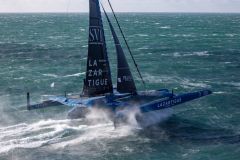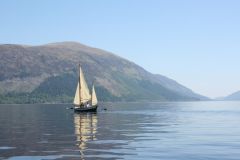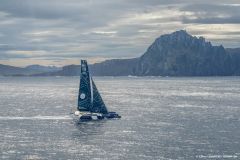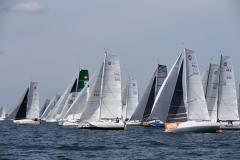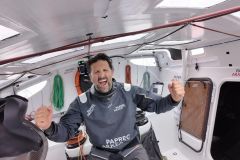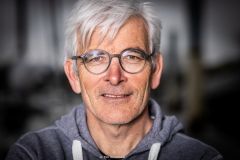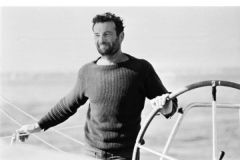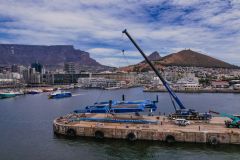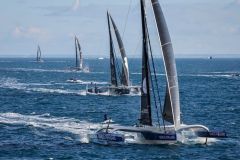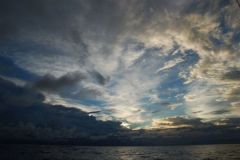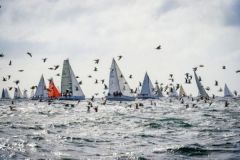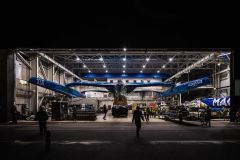Were you inspired by the old Ultim Banque Populaire IX to create this new trimaran?
There are a lot of things from the old Ultim Banque Populaire IX that have been used to design this new boat. The floats are almost the same. We used the same float molds, which are our property. In the meantime, they had been used for the construction of Sodebo Ultim' 3. This allows us to make economies of scale and it's a tooling that suited us perfectly.
We reused the experience of the previous boat to improve the new one. For example, the arm that broke on the Route du Rhum 2018, has been completely revised in its structure and geometry. Without this experience, we would not be making this type of arm.
We also worked a lot on the appendage. Today, it is the boat's engine. These are elements that are constantly evolving with the foils and the bearing surfaces.
In four years it has really changed. The size of the foils and the bearing surfaces on the daggerboard and rudders have grown to provide stability and performance. We didn't start from scratch, but from what we did in 2018. Compared to the previous boat, we have almost doubled the size of the foils. That's huge.
As on all our boats, the foils are going up. This was already the case on the old Ultim and on the IMOCA with which I won the 2016 Vendée Globe. We have always had this desire to manage the potential of their power.
This ability to raise them allows you to have only the tip in the water and return in archimedean mode, with the float on the water. This new boat has been designed to sail around the world and adapted to be versatile in all conditions. The idea of being able to raise the foils is to avoid having an unmanageable boat in difficult conditions. Once raised, the foils protrude high above the float.
The last important element is the aerodynamic part. We worked a lot on the top of the boat so that the air flows better at high speed. It has more and more fairing to optimize it. It's very visual.
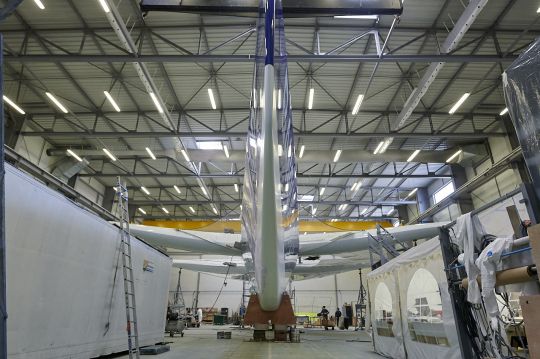
How did you anticipate potential breakage, as was the case on the Brest Atlantiques?
We followed the Brest Atlantique, some of the damages were linked to impacts with UFOs. We worked to understand the structure of the appendages, which are often affected by shocks. We have evolved and progressed in this area.
Structurally, our appendages are designed for a certain impact speed with a UFO. To resist and avoid breakage, like in the Brest Atlantic or the Vendée Globe. This is not only related to Ultims, it is the case for boats that are going faster and faster. The majority of retirements are linked to collisions with UFOs, which cause rudders and foils to break.
We have kept this ability to say that the boat, even with damage to one of the appendages, can continue its race. We saw this in the Vendée Globe. Apivia, which was missing a foil, finished first.
In the future, we must also take into account that we can finish, even win, with a boat that is not 100% whole. If you break a rudder or a foil, the boat can continue to sail, even if the structure is damaged, as long as there is no water ingress.
At the same time, systems to try to detect UFOs at sea are progressing, like Oscar in the Vendée Globe. There are various means being developed and made more reliable. This allows us to reduce the risk of impact and to have even less damage.
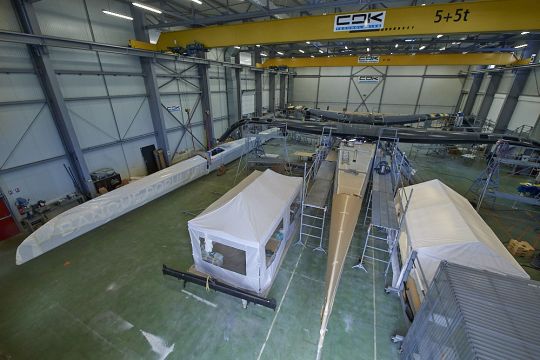
You have opted for a rather conventional living cell. Why did you make this choice?
We chose a living cell in a conventional position, aft of the aft arm, as on all boats except Sodebo. The life cell is almost protected and closed.
We are not in the extreme like François Gabart with a closed living cell integrated in the central hull, a bit like the IMOCA Hugo Boss.
It's an intermediate choice between what we had before and François' extreme version. The notable evolution on our boat is the optimization of the fairing and the aero between the bow of the central hull and the transom of the central hull. There is a continuity of the air flow, for a better aerodynamism and especially for a plate effect. We will glue the bottom of the sails to the deck. This is what we saw on the America's Cup, with streamlined boats, for a gain in performance. This aerodynamic design of the central hull deck is new.
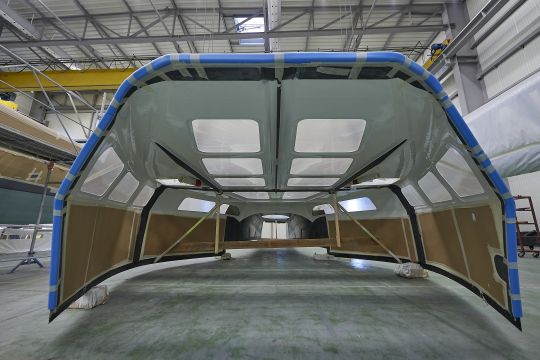
How have you "kept your hand in" without sailing in Ultim for two years?
For two years I have participated in the Figaro circuit to stay sharp in sport and competition. It's one of the best circuits there is. I was in a real competitive spirit. I wanted to stay in the fight. It was really nice and it was great to win the Solitaire du Figaro.
For the multihulls, we're going to resume sailing as we go along. With a crew, then with a reduced crew. This year, the objective is double-handed. The solo version will be next year, in 2022. We're going to do things in stages. We're not starting from scratch, we've kept the data from the last two years on the previous Ultim.
We also acquired a simulator. It's not for maneuvering or sailing, but to understand how to use the boat, how to adjust the appendages, the sails... To find the best settings to have a fast speed, a stable flight in different conditions. We have been working with it for a year.
It's a great tool that has saved us time. It will allow us from the first nav to have the keys to be immediately on the right settings. We don't have to waste time on tests that can be long and go into the unknown. This will allow us to get to grips with the boat quickly.
The Transat Jacques Vabre is coming up quickly and we don't have much time to understand the boat. For that, the simulator is great. We bought a license from Team New Zealand 2 years ago, developed for our boat. We sailed a lot with it and did a lot of runs to understand it.
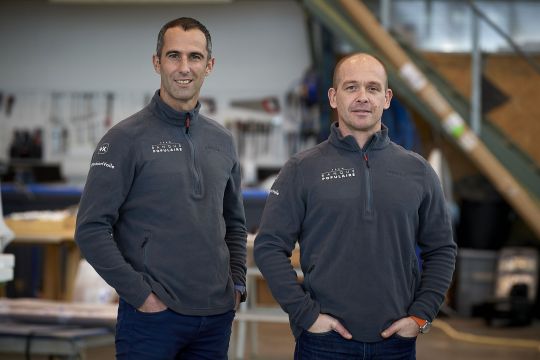
Speaking of the Jacques Vabre, why did you choose Kevin Escoffier?
He's someone I know well. He was part of Team Banque Pop for about ten years. He took part in the design of this boat, and the one for the 2016 Vendée Globe. He is both a technical engineer and an experienced sailor. He has sailed on many different types of boats, monohulls, multihulls, with a crew... He holds many cards.
After his Vendée Globe, which ended with difficulty, he was available. When I offered him the job, he was highly motivated. He's going to help me understand this boat better. The goal is to finish this Jacques Vabre. Then I can start in the best conditions for the Route du Rhum 2022, which is a very important goal. In 2023, it will be the solo round the world race, the Brest Oceans.





